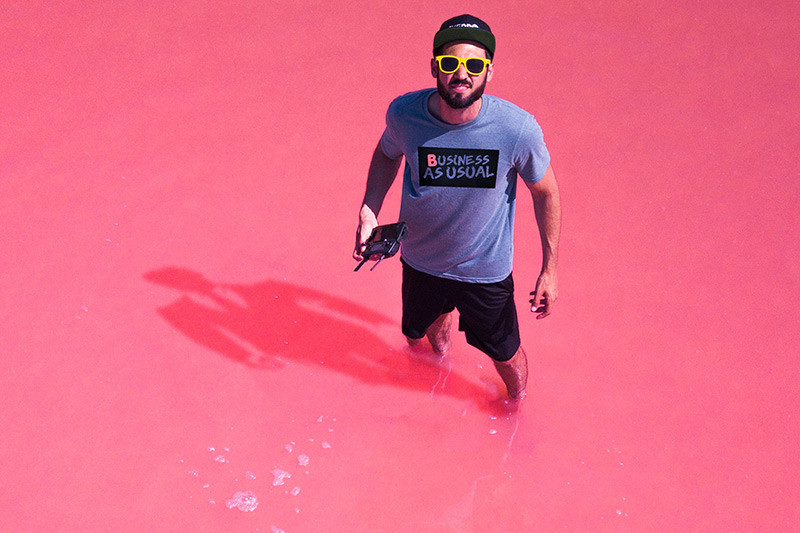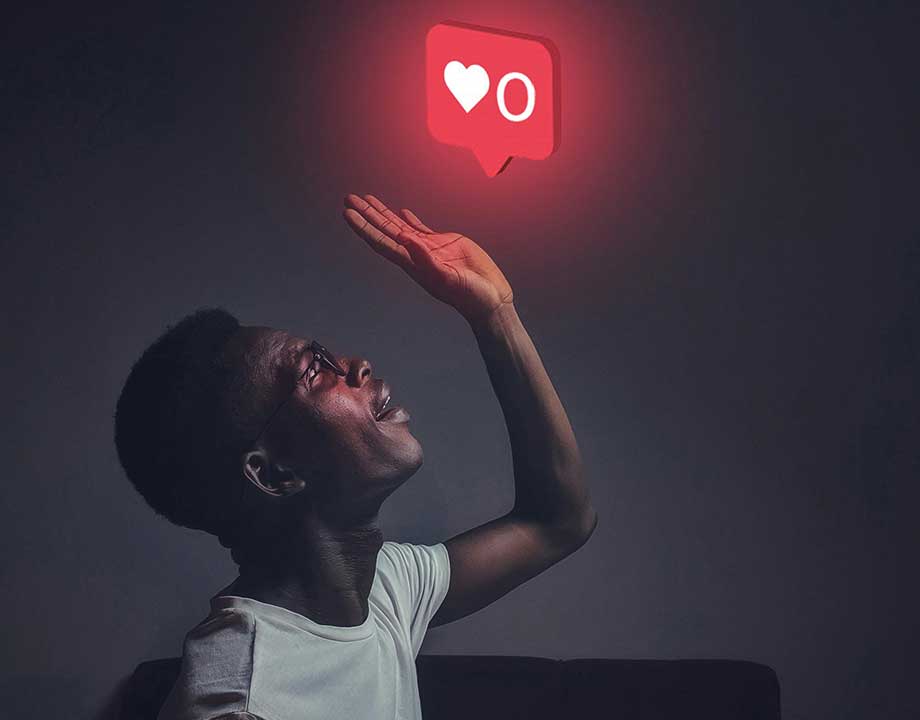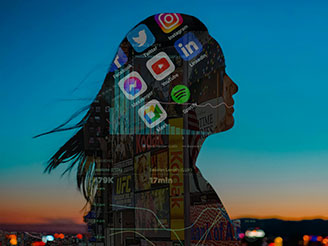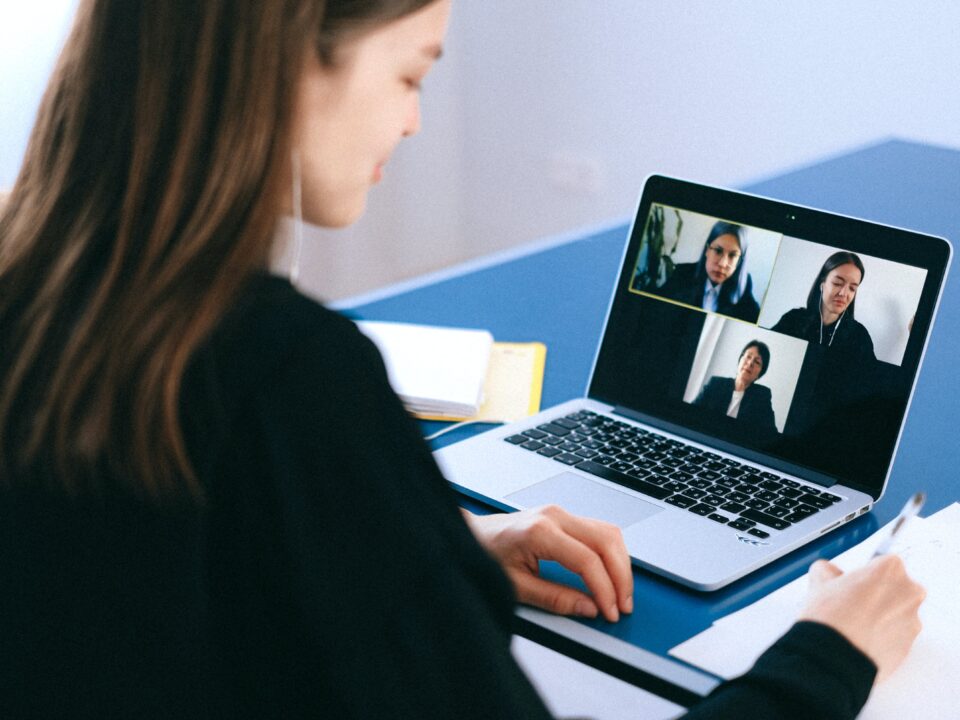Is your website accessible? Can a visually impaired person effectively navigate your website? In most cases, the answer is no. In the U.S. alone, there are more than 8 million visually impaired users. Between 15% and 20% of the world’s population has some form of disability.
How important is website accessibility? In the U.K., a blind man who normally uses a screen reader did a website accessibility survey and found that he was only able to access about 30% of all the websites he tried to visit. Purely apart from the social injustice, think about all the business those inaccessible websites are losing.
The Legal Requirements
The Americans with Disabilities Act protects the disabled from discrimination. Similar laws have been passed in other countries. There have been court cases on this issue with mixed results, but the U.S. Department of Justice takes the position that everyone should have equal access to information, including on the internet.
In the U.S., there were 814 Federal website accessibility cases in 2017, jumping to 2,258 cases in 2018.
The bottom line is that website accessibility matters. It’s far easier and cheaper to comply than to litigate.
Website Accessibility and the Disabled
Disability covers a wide range of possibilities, from a permanent disability such as blindness or deafness to temporary problems such as a broken arm. An impact on website accessibility could even include a conditional disability such as a very slow internet connection.
The internet has been a blessing for many disabled people. Those who are unable to leave home to go to the mall can do all their shopping at home. Researching health and other issues has been enormously helpful. Social media makes it easy to stay in touch.
How accessible is your website? Dynomapper published a list of the top 25 website accessibility checking tools.
Website Accessibility and SEO
You’ll be rewarded by search engines when your website is ADA compliant. Website accessibility and SEO actually have a lot in common. They’re both designed to improve the overall user experience and the functionality of the website.
Begin improving your website’s accessibility with a few simple fixes.
Title Tags
Title tags are found in two locations, the results page after a Google search and the tab on a web browser.
For the disabled, the use of a title tag means that the screen reader will accurately relay the contents of that page.
For SEO, accurate title tags are critical for search results.
Alt Tags
If an image is meaningful enough to be included on your web page, it should have a descriptive, accurate alt tag. Screen readers read the alt tag. An alt tag that simply says “woman” won’t add much to a blind person’s experience of the content. However, an alt tag that said “woman holding child in doctor’s office” would reinforce the content.
Don’t settle for the default tag that came with the image. If you couldn’t see the image, what would you want to know about it?
Search engines also key in on alt tags, making them equally important for SEO.
Link Anchor Text
Link anchor text is simply the underlined blue text someone can click on, either in the menu or on the page. A few paragraphs above, we use “top 25 website accessibility checking tools” as link anchor text.
Both accessibility and SEO are improved when the link anchor text clearly tells the viewer what they can expect to find if they click on the link.
Video Transcription
A video of a conference or other important event will often include a transcription below the video on the page. However, transcriptions aren’t included with the majority of videos. Incidentally, if you add a link to a transcript, it’s best to use a .txt file as many PDF files aren’t usable for screen readers.
Video transcripts are helpful in many circumstances beyond deafness or blindness. People with very slow connections may not be able to watch videos. Some people can’t watch videos because flashing images trigger seizures or migraines. In public places, someone without headphones won’t be able to hear the audio.
Conclusion
Of course, much is involved in website accessibility. Choice of colors, contrast, schema markup and more should be checked and corrected as necessary.
Improving your website’s accessibility may seem like a lot of work, but it’s worth it. Your brand will gain in credibility, your search rankings will improve and, most of all, you’re now visible to many millions of people who couldn’t use your site previously.
One of the best examples of a fully accessible site was the site created for the PyeongChang 2018 Winter Olympics.
BXP Creative believes that the internet should be accessible by everyone. If you’re not sure if your website is up to accessibility standards, we can help.




